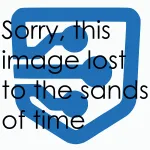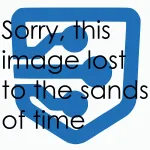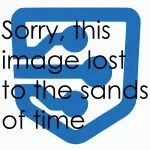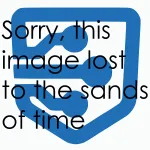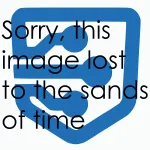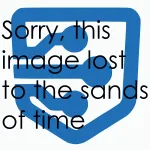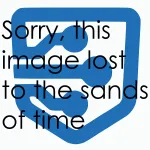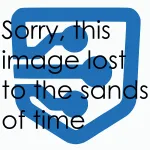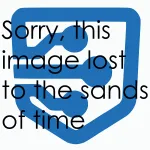How to create a clean, functional HTC EVO home screen
This guest tutorial was written by Eli Hayes.
 Ever wonder how to best organize all your frequently used apps into one convenient place on your HTC EVO home screen and still make it look awesome?
Ever wonder how to best organize all your frequently used apps into one convenient place on your HTC EVO home screen and still make it look awesome?
I'm sure you're saying "Duh, make a folder!" And while that's true, creating folders for different types of apps is really just the beginning.
What I'm talking about—and what I'll show you how to do—is making a very smooth and clean single screen setup that allows you to quickly access all your favorite apps and information. This will free up all your other home screens for Twitter, Facebook, music, and other widgets, as well as maybe more photos of your girl/boyfriend, wife/husband, pets, and kids. I think it's better than just having scattered and unorganized app icons and widgets all over the place. It'll set your EVO's home screen apart from the one the guy in the next cubicle is looking at, too.
Whether or not your EVO is rooted, this tutorial will show you how to use custom icons to personalize the look of the folders and how to get a lot of information on one screen without all the clutter.
Credit: 3D Alienware icons were created by ComradeRudy at the VaelPak forum.
Wallpaper
To start with, you should decide what wallpaper you want. I recommend Flikie Wallpapers HD to find a good one.
It has some of the best-looking wallpapers around, especiallyin the 3D category. There are lots of other wallpaper apps in the Market too; a quick Google image search can also help you find what you want.
It's important to find your wallpaper first because you may not want your folders or widgets to block certain parts of it. Your wallpaper may also influence your home screen's color scheme.
Clock & Weather Widgets
Now that you have your wallpaper, you should download whatever clock and weather widgets you plan to use.
In the home screens shown above, I used Minimalistic Text for the clock and city location and Beautiful Widgets for the weather forecast widget.
You can also use the Make Your Clock app previously featured on G&E, which is pretty cool too.
Minimalistic Text requires some tinkering and tweaking to change colors, size, and position, but it really opens a large range of possibilities for the most customized look possible. You can make the words read left to right, top to bottom, or bottom to top, and even determine the word's position within the widget's block.
As for Beautiful Widgets, it has many different skins you can download from within the app. I only use this app for the weather, but it also has a lot of cool clocks. The weather widget also has an HTC Sense style weather animation when you open it. The weather skin pictured above is called "flat white."
Custom Folders with Custom Icons
This idea was given to me by ComradeRudy over on the VaelPak forums; he also created the Alienware 3D folder icons you see below.
If you remember G&E's tutorial on how to use custom icons for app shortcuts, then you already know how to do this. Jenn used BetterCut in her tutorial, but I use an app called Desktop VisualizeR.
This app allows you to use just about any image as an icon for shortcuts on your home screen.
Now that you have Desktop VisualizeR, you need to download or create the custom icons you intend to use. A quick search over at XDA will yield fantastic results for just about any icon you can imagine, all of which can be downloaded in a simple .zip file.
The last app you need is Folder Organizer, which allows you to create and edit custom folders to be used as widgets.
Once you have Folder Organizer installed, go ahead and create or use the pre-made folder names. Then add the apps you want to be in those folders.
Now for the fun part
- Long press and add a Desktop Visualizer widget to your home screen. They come in various sizes, so choose one that best fits your space.
- Desktop Visualizer will ask you to choose an image for the widget you are creating. This is where you will insert one of your previously created/downloaded icons.
- Next you will need to choose an action. It is important that you choose "other" and then choose "folder organizer folder link."
- Now choose one of your folders.
- You will then be given the option to change the label under the icon or just erase the words completely for a cleaner look.
- Repeat as necessary and move the widgets to the desired location on your screen.
All icons used in the screenshots above were found on XDA, including the LauncherPro dock icons.
Other Notes
My EVO is rooted with my LCD density set to 180 (tutorial here). You can't change your LCD density without being rooted, but if you use a third-party home launcher like ADW.Launcher or LauncherPro, then you adjust the number of rows on your home screen so that you can fit more content onto it.
This simple method can be used to create many different looks and themes, as you can see from the screenshots, yet they all achieve the same clean and minimalist style while still being very functional.
This guest tutorial was written by Eli Hayes.

